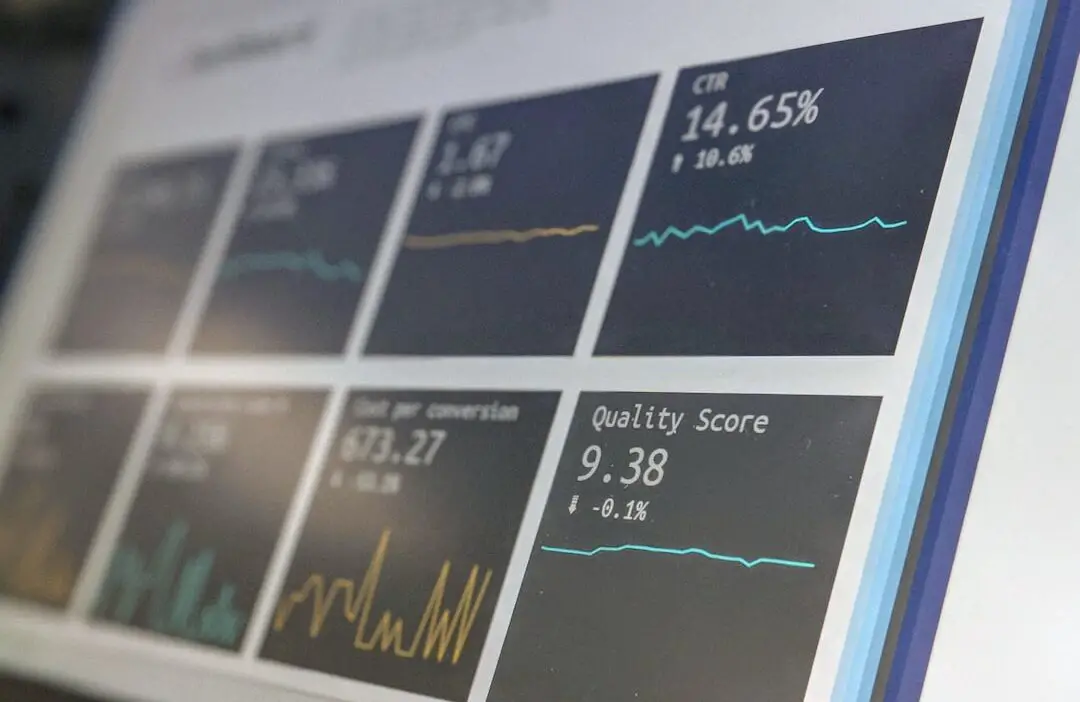Young investors, get ready! This week is packed with crucial economic data that could significantly impact your portfolio, especially if you’re holding dollar-denominated assets. From inflation readings to key indicators of business activity, the markets are bracing for some potentially big moves. Let’s break down what’s on the horizon and what it could mean for you.
The US dollar has been on a bit of a rollercoaster ride recently, and this week’s data releases could add another twist. The Consumer Price Index (CPI) report, due out mid-week, will give us the latest snapshot of inflation. If inflation continues to cool, it could signal that the Federal Reserve might ease up on interest rate hikes. This scenario could weaken the dollar, making imports more expensive and potentially boosting the appeal of assets in other currencies. However, a hotter-than-expected CPI print could reignite fears of further aggressive rate hikes, potentially bolstering the dollar’s value and putting downward pressure on stocks. Keep a close eye on this one, as it’s likely to be a market mover.
Beyond inflation, we also have the Purchasing Managers’ Index (PMI) data to look forward to. These reports provide a crucial glimpse into the health of the manufacturing and services sectors. A strong PMI reading typically indicates economic expansion, which can be positive for stocks and potentially supportive of the dollar. Conversely, a weak PMI could signal a slowdown or even a contraction, which could weigh on both the dollar and equities. Understanding these dynamics is key to navigating the markets effectively.
This week’s data releases hold significant implications for both the US dollar and the broader financial markets. Whether you’re a seasoned investor or just starting out, staying informed is crucial. By paying close attention to these key economic indicators, you can better understand the forces shaping the market and make more informed investment decisions. Remember, knowledge is power, especially in the fast-paced world of finance. So, keep your finger on the pulse and be prepared for some potential market volatility.





